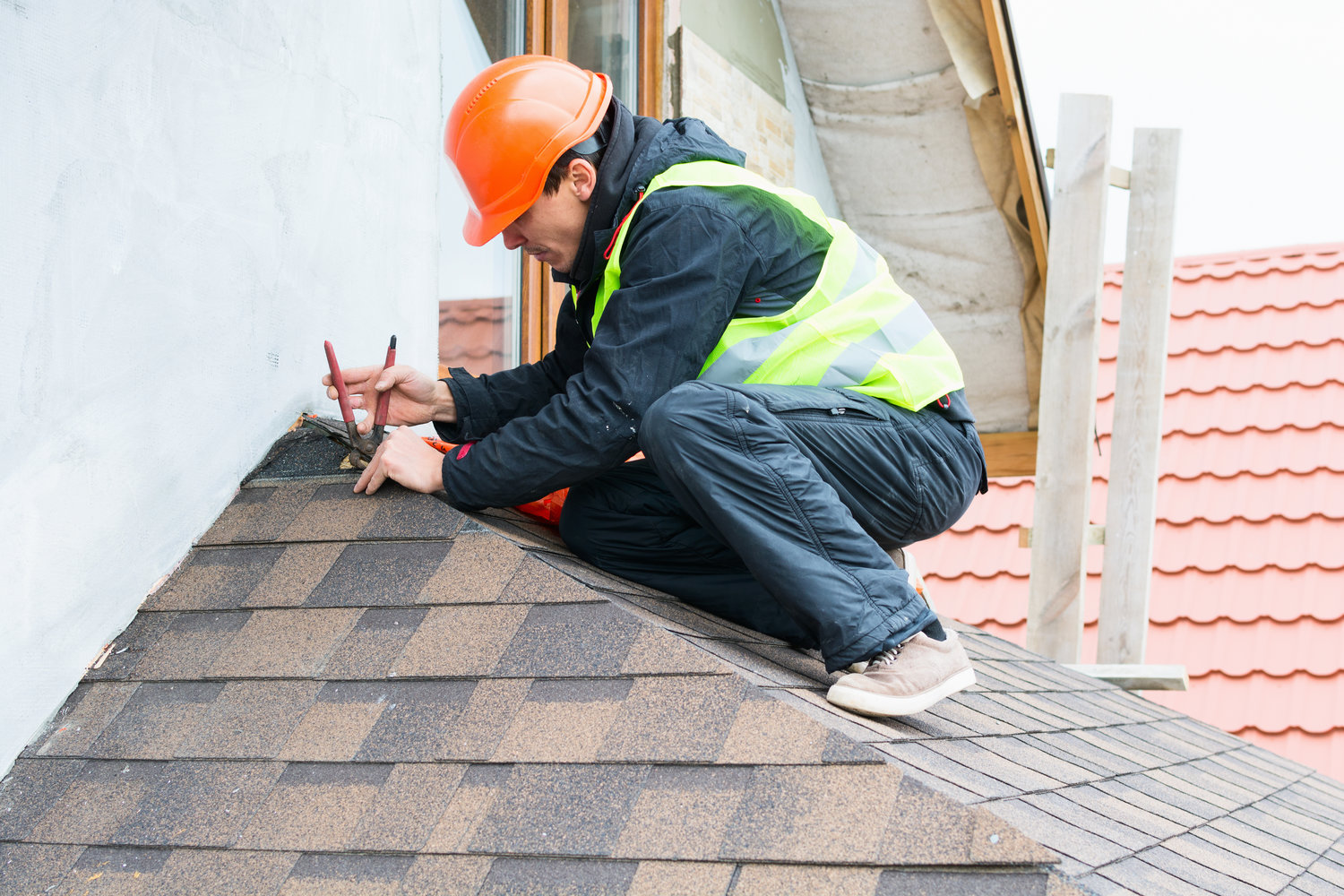
Image source: Google
When it comes to roof repair, understanding the different materials and techniques can help you make informed decisions about how to best maintain and repair your roof. From asphalt shingles to metal roofing, each material has its own set of strengths and weaknesses that should be taken into consideration. By familiarizing yourself with the options available, you can ensure that your roof is properly repaired and maintained for years to come.
One of the most common roofing materials is asphalt shingles. Asphalt shingles are popular due to their affordability, ease of installation, and variety of colors and styles. However, asphalt shingles are prone to damage from wind, rain, and hail, and may need to be replaced more frequently than other roofing materials. When repairing an asphalt shingle roof, it is important to carefully inspect each shingle for signs of damage, such as cracks, missing pieces, or granule loss. Damaged shingles should be replaced promptly to prevent further issues such as leaks and water damage.
Another popular roofing material is metal roofing. Metal roofs are known for their durability, longevity, and resistance to fire, insects, and rot. While metal roofs are more expensive upfront than asphalt shingles, they can last up to 50 years or more with proper maintenance. When repairing a metal roof, it is important to check for signs of corrosion or rust, loose fasteners, and damaged sealants. Metal roof repairs may involve resealing seams, replacing damaged panels, or applying a protective coating to prevent further corrosion.
For those looking for a more environmentally friendly roofing option, consider a green roof. Green roofs are designed to support vegetation, which can help reduce energy costs, improve air quality, and reduce stormwater runoff. Green roofs require specialized techniques and materials for repair, such as replacing or repairing the waterproof membrane, adjusting the irrigation system, and maintaining the vegetation. Regular inspections and maintenance are key to ensuring the longevity and effectiveness of a green roof.
If your roof is made of clay or concrete tiles, it is important to be aware of the unique challenges associated with these materials. Clay and concrete tiles are known for their durability, energy efficiency, and aesthetic appeal. However, they can be prone to cracks, chips, and breaks due to extreme weather conditions or foot traffic. When repairing a tile roof, it is important to carefully inspect each tile for signs of damage and replace any broken tiles promptly to prevent leaks and water damage. Additionally, it is important to use the correct tools and techniques to avoid causing further damage to the tiles.
Regardless of the roofing material you have, there are common techniques that can be used to repair and maintain your roof. Regular inspections are essential for identifying potential issues before they become major problems. Cleaning debris from the roof, gutters, and downspouts can help prevent water damage and mold growth. Proper ventilation and insulation can help regulate temperature and humidity levels in the attic, which can extend the lifespan of your roof. When in doubt, it is always best to consult with a professional roofing contractor to ensure that your roof is properly repaired and maintained.
In conclusion, understanding the different materials and techniques for roof repair can help you make informed decisions about how to best care for your roof. Whether you have asphalt shingles, metal roofing, a green roof, or clay tiles, it is important to regularly inspect your roof for signs of damage and perform necessary repairs promptly. By following these guidelines and consulting with a professional when needed, you can ensure that your roof remains in top condition for years to come.
